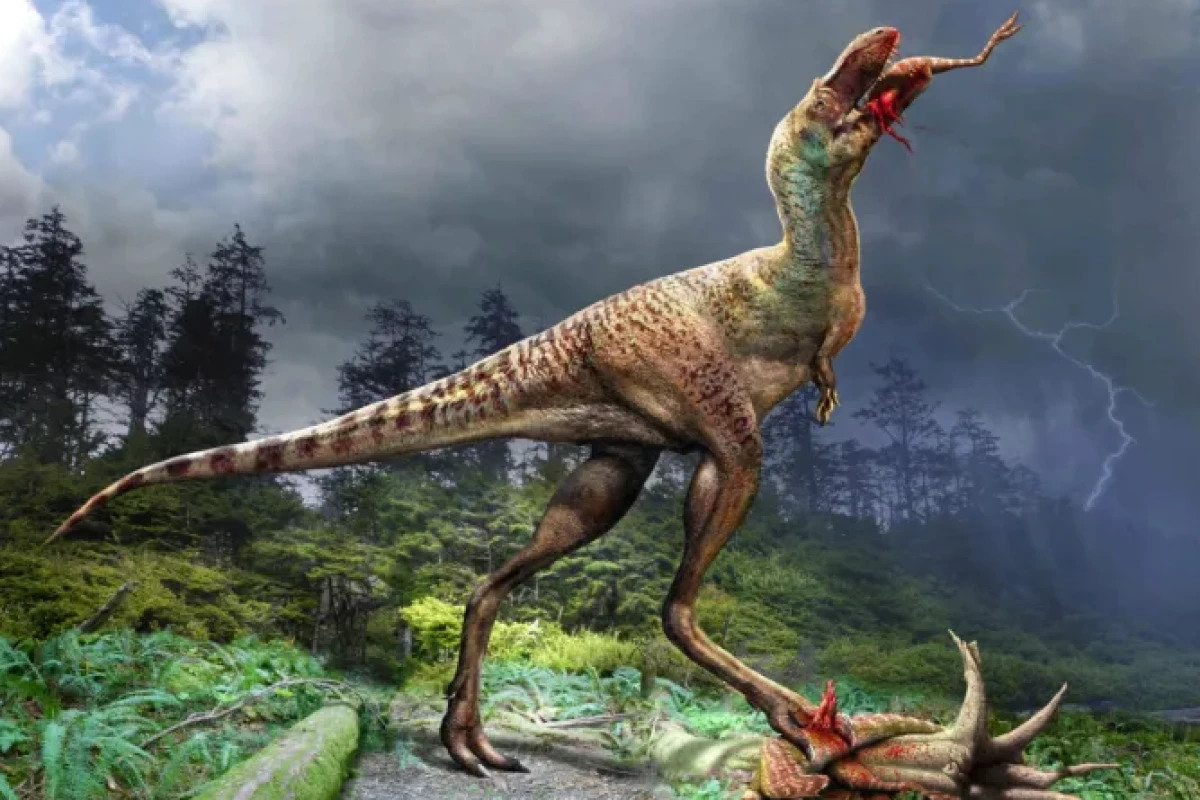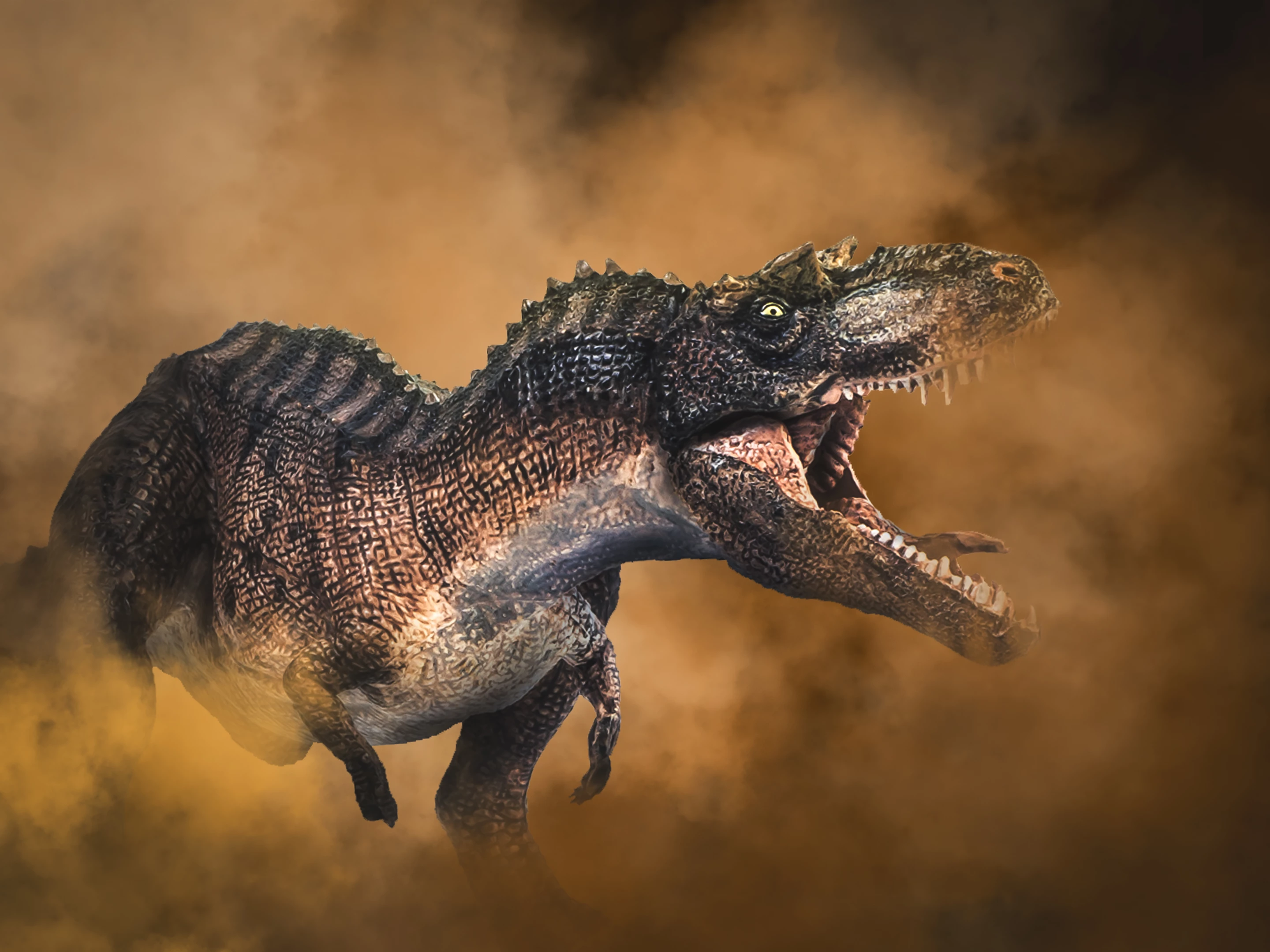Scientists have, for the first time, unearthed incredibly well-preserved stomach contents from within a fossilized skeleton of a young tyrannosaur, which has led to a curious discovery about the growing beast’s paleo palate.
The preserved Gorgosaurus libratus specimen was found in Dinosaur Provincial Park, Canada’s historic region that has so far unearthed the fossils of 58 different species. But it wasn’t until much later, after Royal Tyrrell Museum paleontology staff had spent years removing rocks from the delicate fossil, that they noticed something unusual about its structure.
Inside the ribcage area – where the soft tissue of its stomach would have once been housed – were the hind limbs of two young bird-like Citipes elegans dinosaurs. Rather than swallowing the prey whole, however, it appeared the young carnivore cherrypicked the meaty ‘drumsticks’.
While it confirms that even 75 million years ago, kids made a beeline for the drumsticks on the dinner table, it’s also an incredibly rare find. Around 20 dinosaur fossils with evidence of stomach contents have been identified to date, and most of those have been herbivorous.

Scientists believe this G. libratus was only five to seven years old when it died and weighed around 335 kg (739 lb). While not exactly a lightweight, this is just 13% the body mass of an adult.
The two C. elegans – not to be mistaken for the microscopic worm that boasts the same scientific abbreviation – were yearling caenagnathids, aged just a year or two old, and were eaten during two different catches, perhaps a few days or a week apart. While the predator, although young, would have been capable of eating a whole carcass, it most likely chose to instead dismember its prey and ingest just the energy-dense hind legs.
At this young life stage, the dinosaurs are believed to have had streamlined heads and legs, as well as sharp teeth – all features well-adapted for chasing after scurrying bird-like prey. Fossil records, however, have shown that at around 11 years, the juvenile stage would abruptly end, with their bodies rapidly increasing 10 times in size and eventually weighing in at more than 3,000 kg (6,600 lb).
And, based on previous evidence of teeth marks in bones, it was at this stage the gorgosaur also left behind its love of meaty hindlegs and began using its new physiological weaponry – strong skull and jaws, larger teeth – to hunt megaherbivores like ceratopsians (horned dinosaurs) and hadrosaurs (duck-billed dinosaurs).

It would still be several million years before the ultimate dinosaur apex predator, the Tyrannosaurus, would evolve from the tyrannosaurids family, yet this young fossil is a fascinating look at how operating at different trophic niches – or meal preferences – within a species can offer a great competitive advantage in the animal kingdom. Scientists believe it was this intraspecific variation of diet that even facilitated their survival and was key to the evolutionary success of these huge carnivorous predators.
"Young dinosaurs, like yearling Citipes, could have represented an abundant and reliable food source for juvenile Gorgosaurus as oviraptorosaurs are known to have laid large egg clutches," noted the researchers. "Such a dietary shift may have allowed juvenile and adult tyrannosaurids to coexist in the same ecosystem with limited conflict."
The research was published in the journal Science Advances.
Source: Royal Tyrrell Museum








